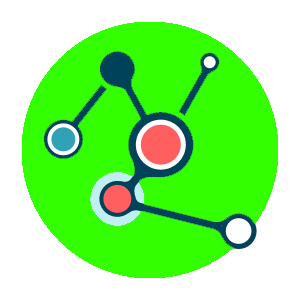 |
UMBC CMSC 491/691 Fall 2022 |

Notes on coverage for the 2022 final exam
The 2022 final exam will be held in our classroom on Thursday, December 15 from 6:00 to 8:00pm. The exam is closed book, but you are allowed one piece of letter-sized paper with notes
It will be comprehensive, covering material from the entire semester with an emphasis on material since the midterm, such as SPARQL, encoding RDF in HTML, using common knowledge graphs like Wikidata, DBpedia, and inference rules and strategies.
Review the material in the chapters 1-5 of the Semantic Web Primer and the .presentation slides we covered in class.
Understand the basic concepts underlying
- Ontologies and their role in providing a semantic schema for data
- XML and JSON, including their data models and serializations
- RDF, RDFS, OWL, including the data models and serializations, e.g., N3, Turtle, XML, JSON-LD.
- How a reasoner (like ones built into Protege) can use axioms derived from the meaning of RDFS and OWL constructs to infer new relations and identify contradictions in a knowledge graph
- The use explicit rules encoded in SWRL or Datalog for making inferences from RDF data.
- Understand the limitations of both OWL description logic reasoning and reasoning with SWRL rules, i.e., being able to give an example of something each can do that the other cannot
- Be able to express an axiom given in OWL in SWRL and vice versa when it can be encoded both ways
- Understand the new profiles introduced in OWL2 (QL, RL and EL), the motivation for introducing them, and what limitations they each embody
- The ecosystem for creating and using semantic web data and knowledge: ontology editors (e.g., Protege), triple stores, SPARQL endpoints, browser-based knowledge graph explorer systems, (e.g., http://dbpedia.org/page/Alan_Turing)
- SPARQL as a query/update language for RDF knowledge graphs, writing simple SPARQL queries
- The use of Schema.org as a markup language/ontology supported by companies.
- The major schemes for adding semantic markup to HTML: RDFa and JSON-LD
- Understand the motivation for Wikidata and how it fits into the Wikimedia community
- Understand the Wikibase conceptual data model, used for Wikidata
- Be familiar with the features that the Wikidata Query Service uses, e,g, the SERVICE command for language-specific labels, aliases and descriptions.
In addition to questions at a conceptual level, it's likely that there will be the following kinds of questions
- Given a graphical depiction of an RDF graph, answer simple questions about it or give a serialization in Turtle
- Given a Turtle serialization, draw the graph of nodes and links that it represents and/or describe what it means in one or more English sentences
- Given a Turtle serialization of a small graph, answer questions about what it does or doesn't not imply
- Given a an English description of some entities and facts and some OWL classes and properties, represent the facts in the description
- Given a set of triples and a SPARQL query, describe what would be returned by the query
- Given HTML with embedded markup in Microdata or RDFa, list the triples that it contains
You should also review relevant questions from past midterm and final exams.